Nationality Indian Role Architect | Name Nari Gandhi Occupation Architect | |
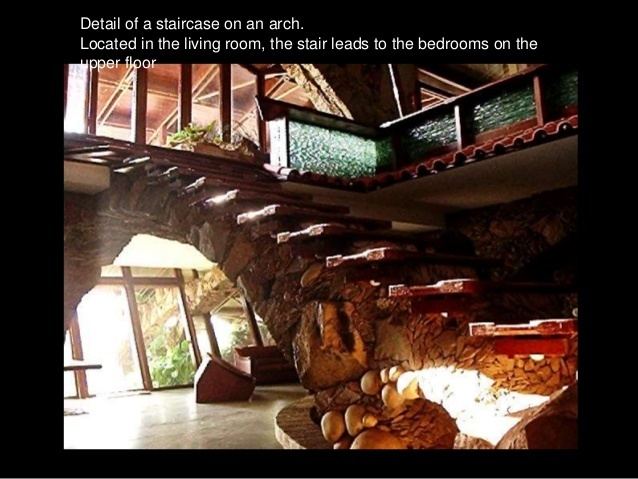 | ||
Literacy house lucknow nari gandhi av
Nari Gandhi (1934–1993) was an Indian architect known for his highly innovative works in organic architecture.
Contents
- Literacy house lucknow nari gandhi av
- Nari gandhi
- Early life and education
- Career
- Personal life
- At Taliesin
- Architectural style
- Selected works
- References

Nari gandhi
Early life and education
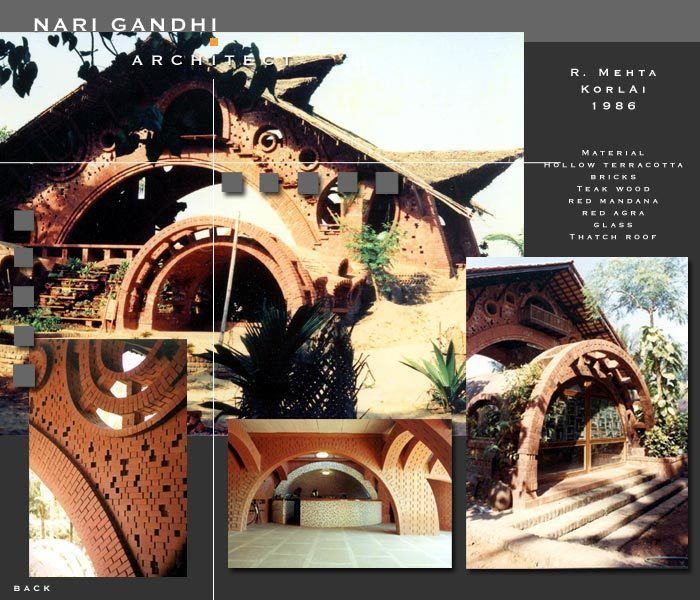
Nariman (Nari) Dossabhai Gandhi was born in 1934 in Surat to a Zoroastrian Parsi family from Bombay. He was one of the six children with three brothers and two sisters.
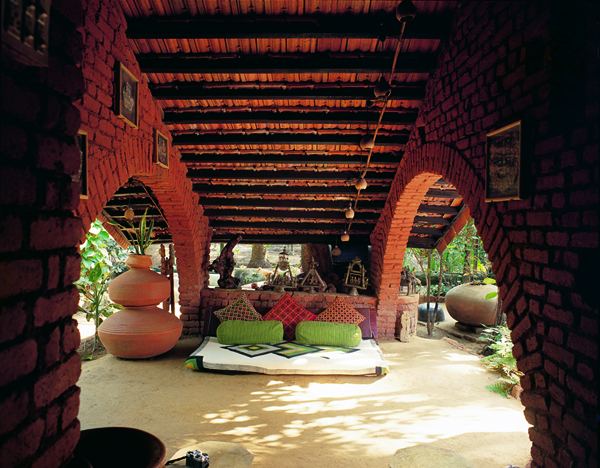
Nari completed his schooling DDFF at St. Xavier's High School, Fort, Mumbai, and studied architecture at Sir J. J. College of Architecture, Mumbai for five years in early 1950s. He travelled to US to apprentice with Frank Lloyd Wright at the Taliesin and spent five years there. After Wright's death in 1959, Nari left Taliesin and studied pottery at the Kent State University for two years.
Career
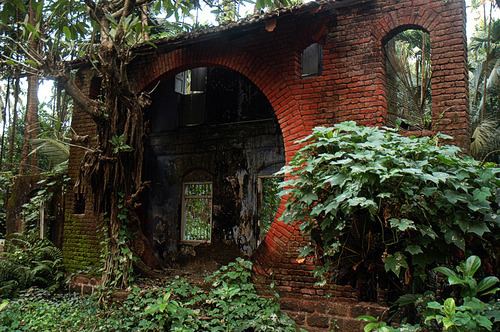
He also briefly worked for the American Architect Warren Weber. He was a good friend of Bruce Goff. Nari returned to India in early 1960s. He taught at the M.S. University, Baroda and at the Academy of Architecture, Mumbai for a brief period. He passionately worked on as many as 30 projects over a period of as many years. He died in a tragic accident in 1993 near Khopoli, while he was on the way to one of his project sites at Kolgaon.
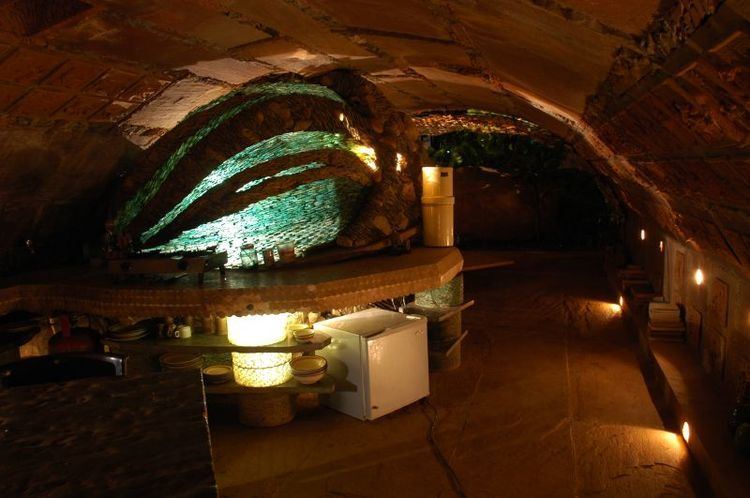
While working in India, Nari continued to work on Wright's ideology of organic architecture and further developed his own unique style with a subtle influence of local climate and culture. He ceaselessly continued to work on Wright's idea of 'flowing space'. Nari worked without an office and rarely made any drawings for any of his projects. Nari spent a lot of time on his sites and worked closely with the craftsmen and often participated in the construction process himself.
Personal life
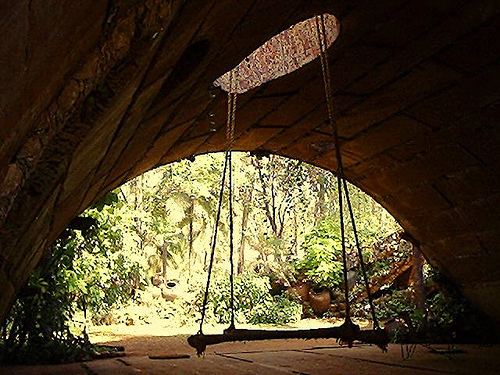
Nari lead a very simple life. He never married and had no children. He was a very religious man and believed in the Zoroastrian way of life. The simplicity of his life reflected in his work. The strong creative force behind his work also shaped the way he looked at ordinary things in life. In the later years of his life, Nari was greatly influenced by the ideas of the Indian philosopher Jiddu Krishnamurti. He used to say that Silence and Void are synonyms of the word God.

Insensitivity towards (his) work would disturb him. He used to get very angry at times. He often had disputes with his clients when they disregarded his ideas and works. He used to also get angry with the workers on his sites at times. It is very unfortunate that this aspect of Nari's life has attained more significance in people's minds rather than his creative genius.

His work reflected more intrinsic element of nature, which affected consciously
At Taliesin
During the five years that Nari spent at Taliesin, he would spend more time working with his hands on stone and wood rather than on the drawing board. Nari left Taliesin with an ever-lasting mark, which is known amongst fellow apprentices as Nari's rock. The rock remembered after him is actually a huge boulder, which Nari had pulled down from a nearby hill and which, still stands today near the entrance to the Taliesin.
Architectural style
Nariman Dossabhai Gandhi's ideologies and works were in sharp contrast to the mainstream architectural thinking. His works display a distinctive organic character. They appear to have evolved as a response to the context, remaining strongly rooted to the site and being very well connected to the surroundings. Nari's works display highly skilled craftsmanship and structural ingenuity. He has stacked earthen pots to construct arches out of them and built stairs out of brick arches. Throughout his works you see extraordinary use of stone, brick, wood, glass and leather.
Nari Gandhi rejected conventional ideas and paradigms and introduced his own through his work. Through his work, he started 'rethinking' about standardised practices and set up his own. When you visit any one of his houses, you will notice an evident 're-thinking' of the arrangement of various functions within the house. Each building designed by Nari is as an example of unconventional thinking in architecture.
He created built spaces that remained forever connected to their un-built surroundings allowing sunlight and wind to interact with the inside and animate the space with time. Each house is a series of dialogues between the built and the un-built.
